In April 2024, the price of cocoa broke through the 10,000 CHF barrier and so reached its highest since records began. What are the structural problems that have contributed to this crisis? How is PRONATEC securing its financing? And are we really passing the high prices on to our smallholders?
Jun 26, 2024
Reasons for crop failures
The cocoa crisis was caused by serious crop failures in the main producer countries in West Africa (Republic of Côte d’Ivoire and Ghana). These were due partly to extreme weather conditions resulting from climate change in recent years, such as heavy rainfall and periods of drought, but also to disease, and cocoa supplies were severely reduced. In addition to the actual shortages, which are now entering their third year in succession, speculation on the stock exchange further exacerbated the pricing situation.

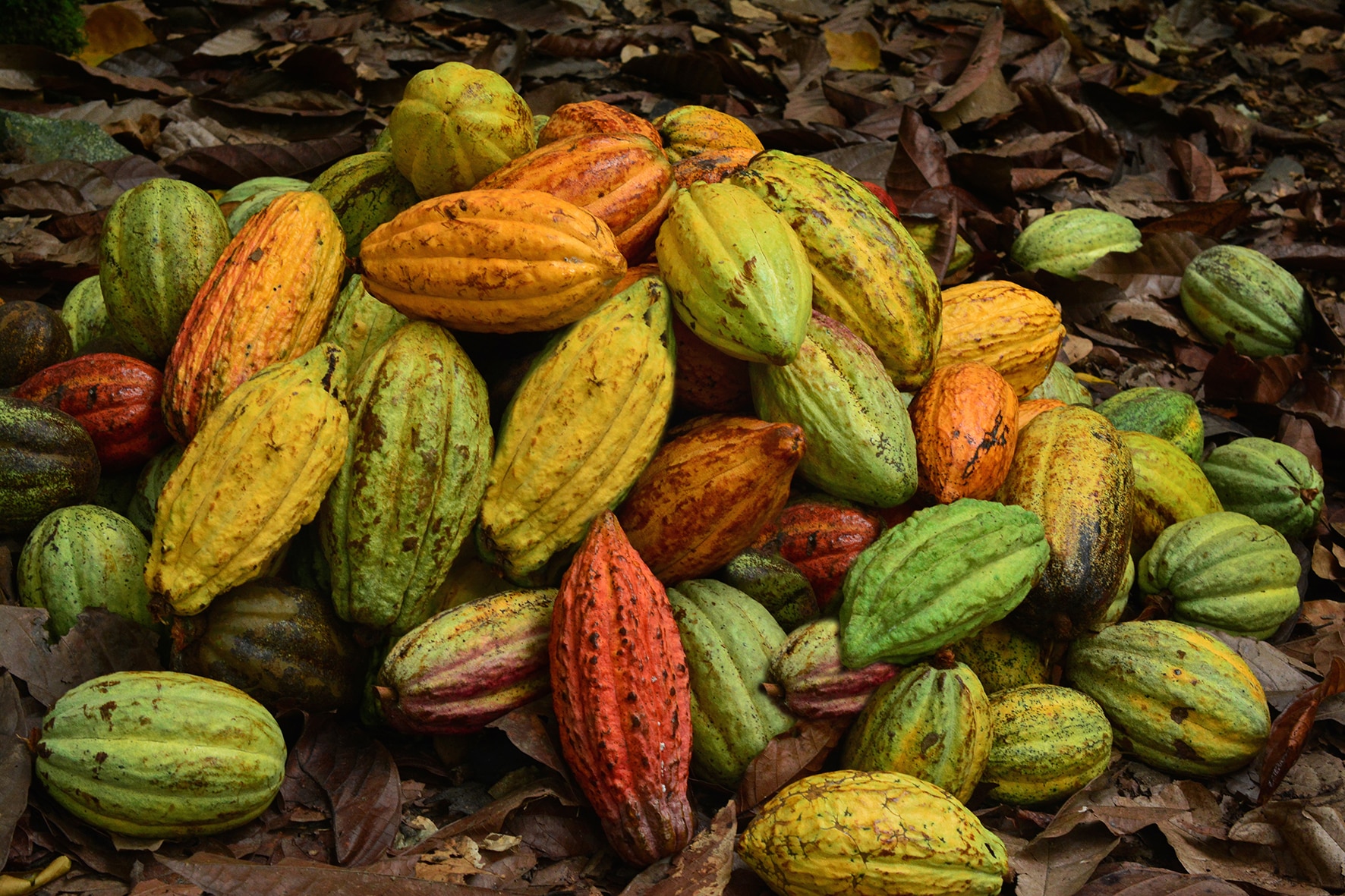
Structural problems are the primary cause
However, above all, there are structural reasons for the crisis. In the outdated monoculture method of cocoa farming in West Africa, cocoa tree diseases such as swollen shoot virus and brown root rot had become very common. Whereas trees grown in mixed cultivation are more resistant, monoculture crops fall victim to disease, pests, drought or heavy rain much more quickly. Many plots of land are in a poor state because the smallholders there find that it’s not worthwhile maintaining them. Since the price of conventionally grown cocoa was so low for many years, and even now, in this crisis, is kept low by Republic of Côte d’Ivoire and Ghana , there’s no financial incentive at all to maintain the land. (Only in April of this year did the two principal producer countries make some concessions and slightly raise the farm gate price to around 2.47 USD per kg – a level that’s still way below the actual market price).
“PRONATEC Direct Sourcing supports the farmers as small-scale entrepreneurs. Because they reap the benefits directly, it’s worth their while to plant new seedlings, look after their existing trees and keep their plots of land well-maintained. In that way they can boost their returns for the long term.”
David Yersin, CEO and Owner PRONATEC
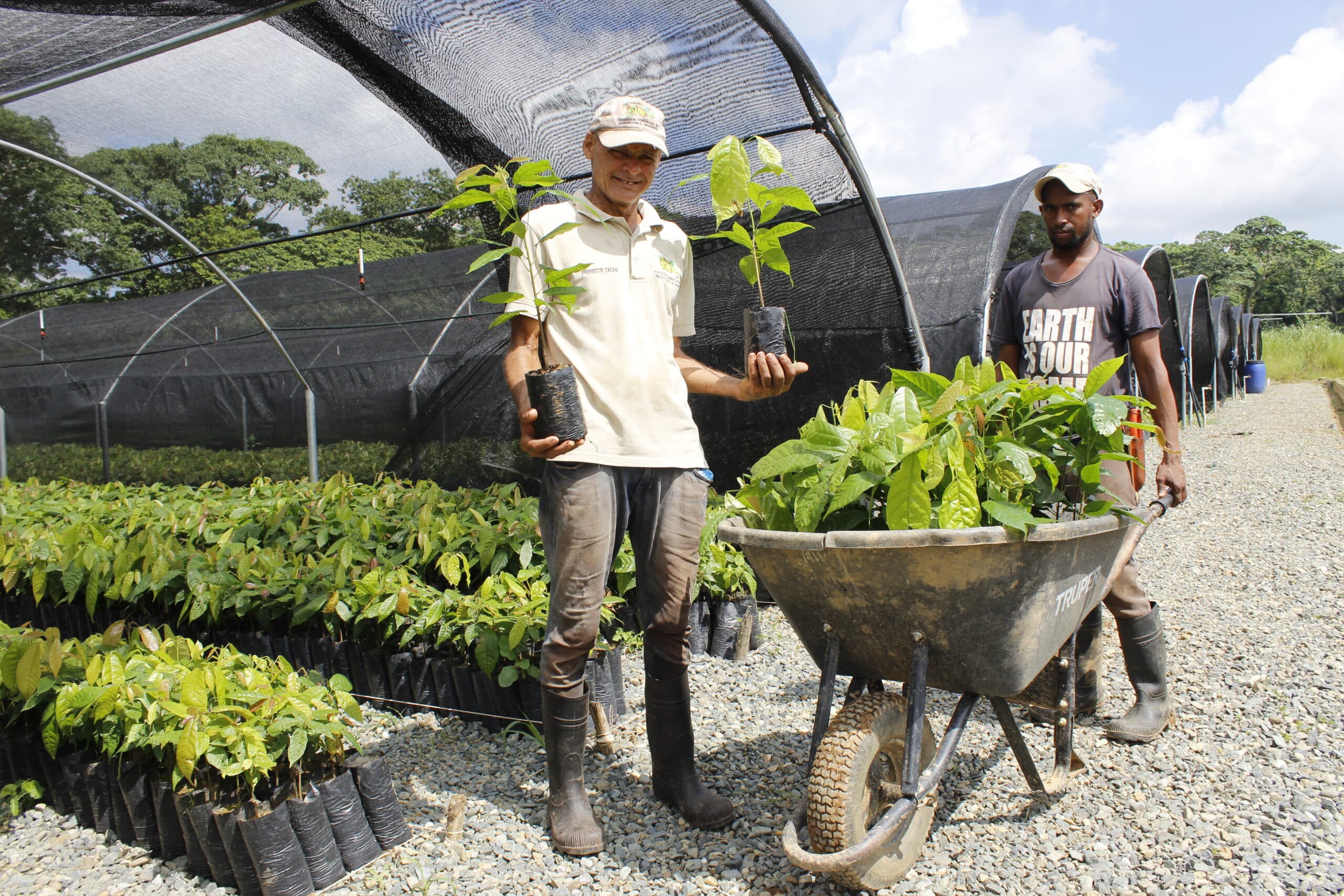
PRONATEC Direct Sourcing: cocoa farmers really do see the benefit
PRONATEC obtains most of its cocoa beans from its own subsidiary in the Dominican Republic, YACAO . This company purchases the entire harvest from the farmers’ cooperative FUNDOPO (Fundación Dominicana de Productores Orgánicos). Our customers can be confident that we pass on the high prices directly to our producers. The smallholders who produce for us receive three or four times as much as cocoa farmers in Ghana or Republic of Côte d’Ivoire. Because we are represented locally, we have complete transparency when it comes to traceability and the payments made to the smallholders.
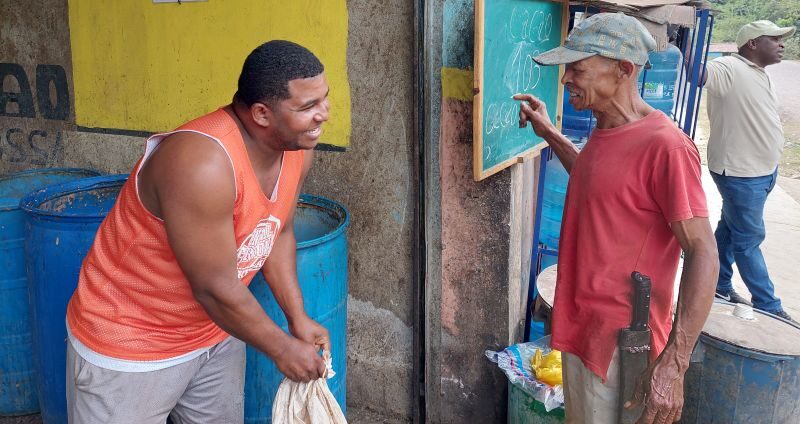
“I am delighted about the high prices. Being in business makes sense again and perhaps I will even find a successor who would one day like to continue to look after the cocoa plot.”
Small farmer, Dominican Republic (picture taken on March 5, 2024)
Financing is a challenge for all concerned
The high prices are a huge challenge for everyone involved in the cocoa supply chain. That starts with the cooperatives, which need to have far more liquidity in order to buy the fresh cocoa from the smallholders. As soon as the fresh cocoa is available, the buyers in the cooperative have to be ready – and willing to pay the current prices. The money needs to be readily available locally and paid in cash at the time of the transaction. It’s obvious that, because of the shortages, there are significantly more buyers around – and whoever can pay the most will get the cocoa.
Even though we have this local presence, we still face the risk of running short of cocoa. The harvest in the Dominican Republic is rather late this year and the amounts for export are less than last year. Our team gives its all every day to support our customers and find solutions for them. In order to secure financing and availability in the current situation, we rely on close cooperation with our customers.
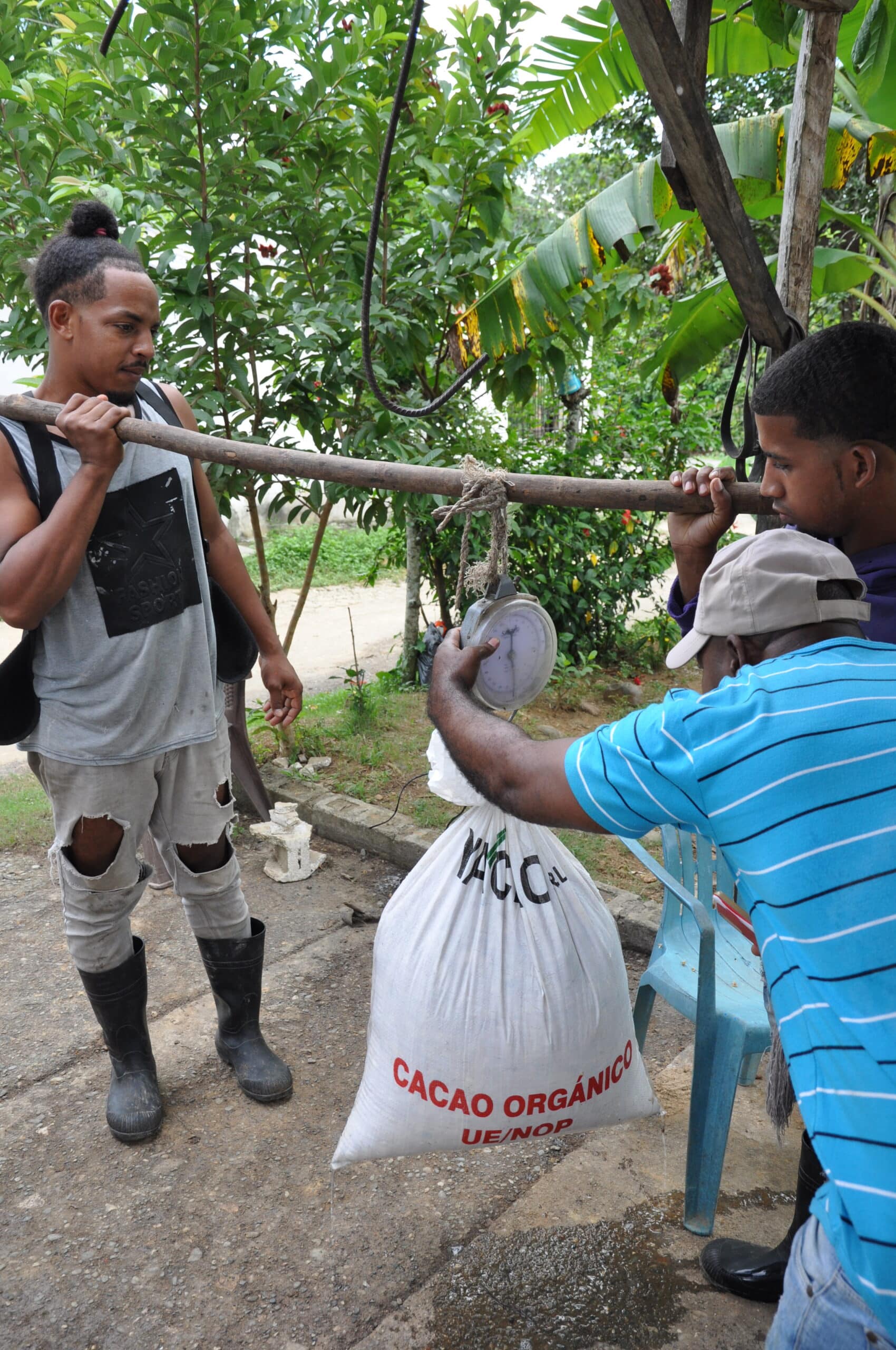
“Because we are there, with on-site presence, we can take positive action to reduce the extent to which competitors buy everything up. Thanks to many of our customers paying in advance, and by taking out bridging loans, we are managing to make sufficient capital available.”
Simon Yersin, Head of Cocoa
Organic and Fairtrade: taking the long view
Before this rapid rise in prices, the stock market price was between 2,000 and 3,000 USD. At that time, Fairtrade minimum pricing guaranteed the farmers a basic income, and organic and Fairtrade premiums provided important additional income. Because, at the moment, prices for conventionally grown cocoa beans are also very high, there’s a big incentive for smallholders not to bother with organic and Fairtrade certification, because that entails more work and administration. Thanks to our local presence, we are able to talk to the farmers face to face and show them the long-term benefits of such certification for themselves, the environment and consumers.
Even though the global market price is currently far above the Fairtrade minimum price, it is worth continuing to buy Fairtrade-certified products. The label ensures that the smallholders will never fall back to a price below a minimum of 2940 USD (organic and Fairtrade premiums). And those Fairtrade premiums are used on valuable regional development projects for the community.
Agroforestry systems: climate-resilient and disease-resistant
In the Dominican Republic, cocoa is grown in traditional agroforestry systems . These forest-like systems nurture a rich biodiversity and can cope far better with the effects of climate change such as heavy rainfall and periods of drought. They include not only internationally cultivated varieties but also a range of local ones and are rarely prone to disease. In recent years, YACAO and FUNDOPO have successfully increased yields considerably by selling seedlings and training farmers in how to look after and prune their cocoa trees. The United Nations Environment Programme (UNEP), which supports more sustainable cocoa farming projects around the world, recommends a similar mixed cultivation approach.
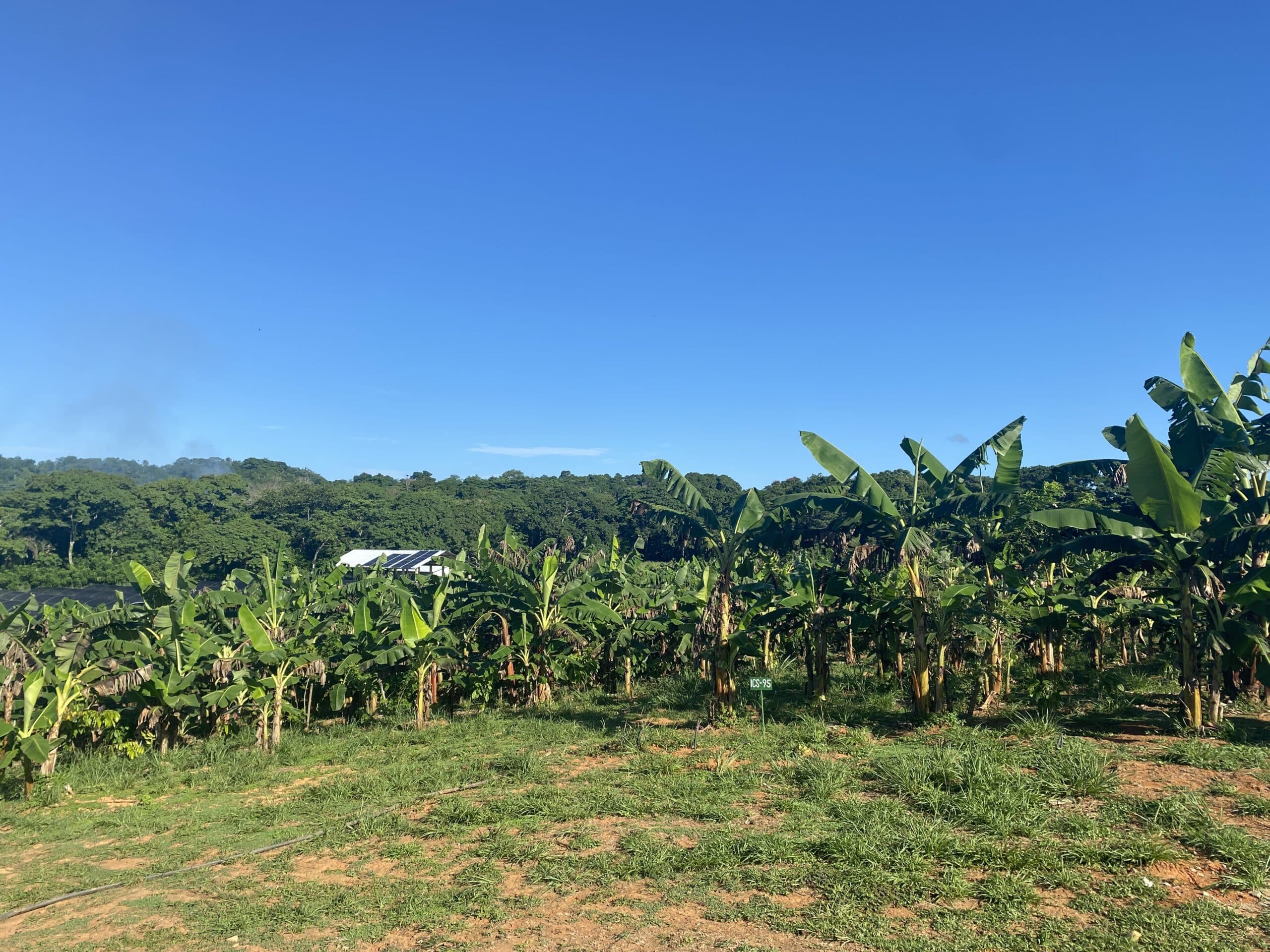
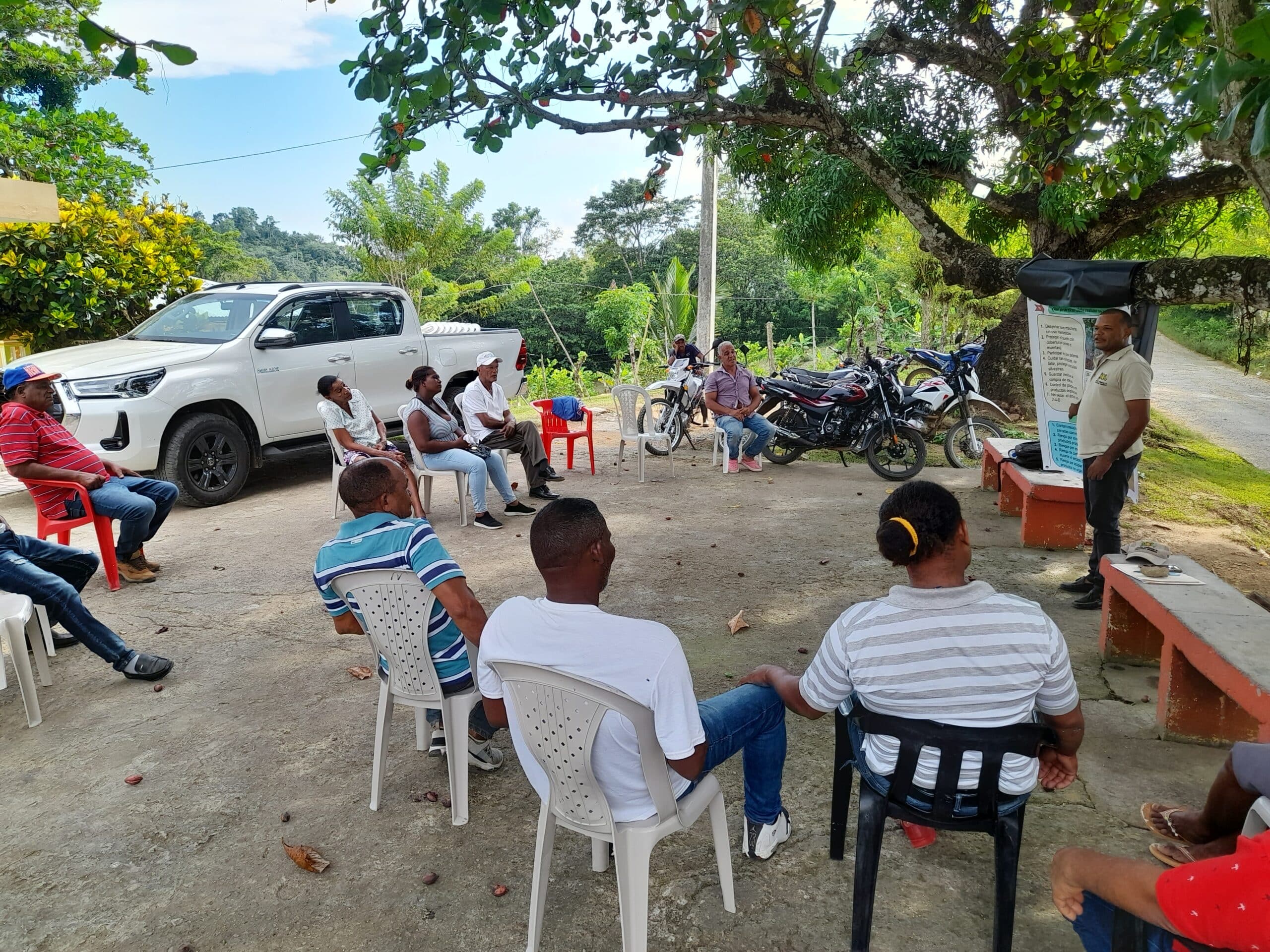
Will cocoa prices fall again?
We believe that prices are inflated at the moment and so we expect some easing of prices in the long term, even if they don’t return to their previous level. However, the structural problems will remain and need to be tackled by the industry as a whole. The players in the supply chain beyond us will also have to invest more money and pass the price rises on to their customers. In the longer term, consumers will have to get used to paying higher prices for cocoa products such as chocolate or cocoa powder (also see the Foodnavigator article on the rising price of chocolate).


